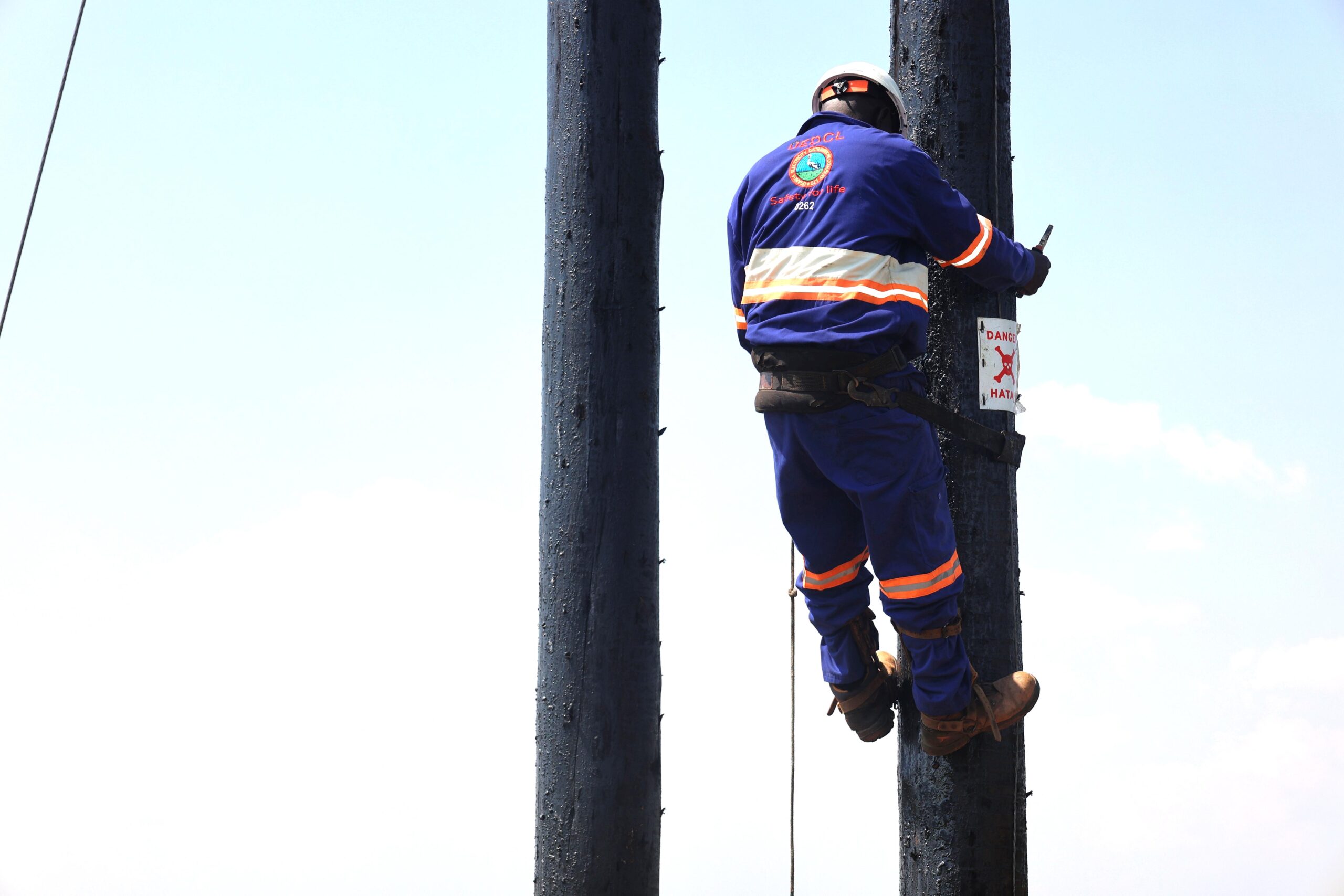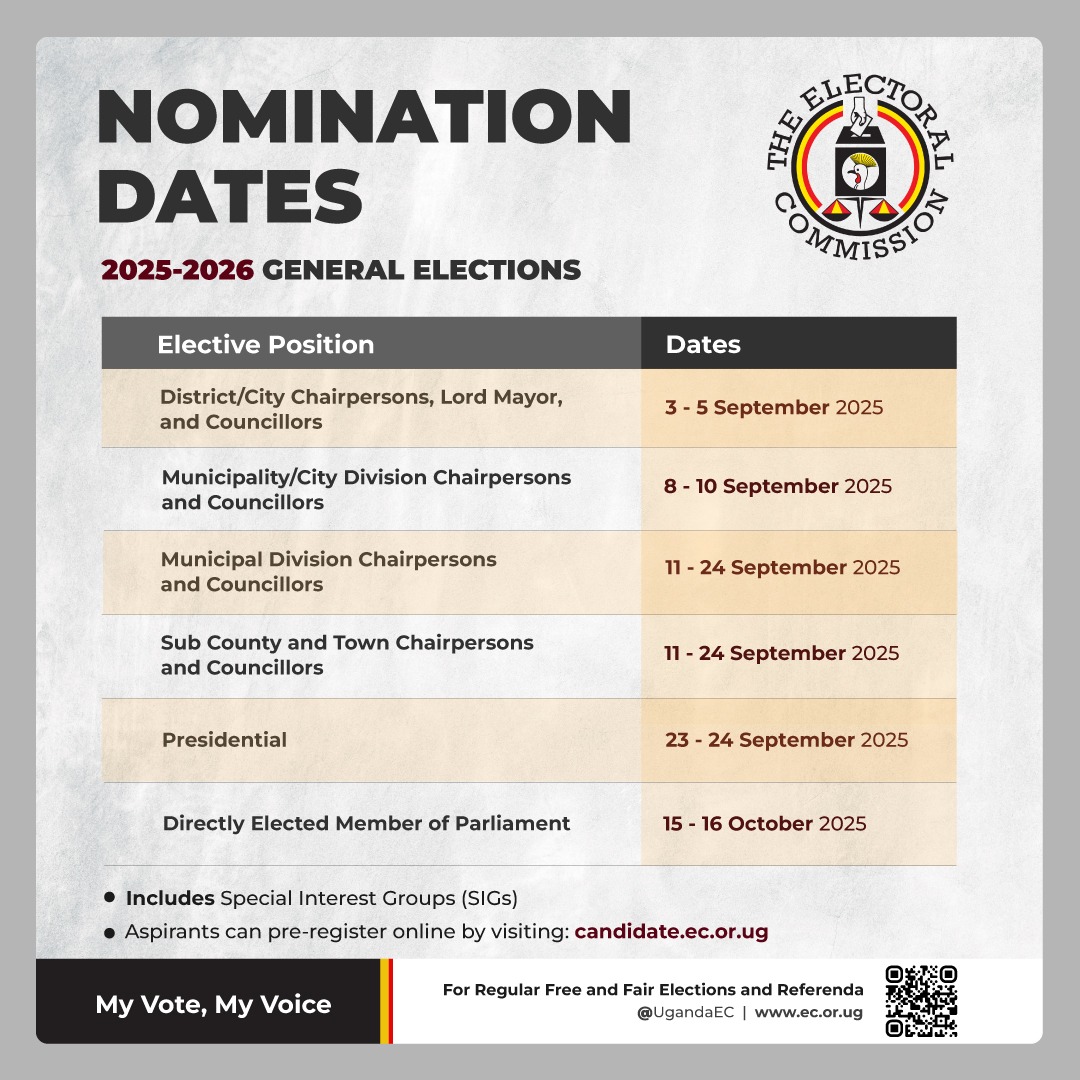KAMPALA;The warning comes as the Uganda Electricity Distribution Company Limited (UEDCL) continues to grapple with the aftermath of its controversial takeover of power distribution from Umeme in March.
The public institution says it inherited thousands of old, worn-out transformers and an overstretched network.
Addressing journalists at the Uganda Media Centre in Kampala, Minister of Energy and Mineral Development Ruth Nankabirwa said the outages are largely due to the aging transformers left behind by Umeme.
“Many of these transformers are in poor condition and are currently undergoing repairs, while new ones are being installed to stabilise the system,” she explained.
The minister urged Ugandans to exercise patience, warning that the next two years will be difficult. “Once this process is complete, the country will enjoy a steady and dependable electricity network,” she said.
Cabinet has approved a five-year plan to rehabilitate and upgrade the nation’s power distribution infrastructure.
The project will rely heavily on borrowed funds, underscoring the enormous challenge facing UEDCL and the government.
Nankabirwa also cautioned the public against electricity theft and vandalism.
She revealed that 63 individuals have been arrested in the past four months for illegal connections.
The government’s “Weetereze” campaign, aimed at voluntary surrender of illicit electricity lines, is beginning to yield results, she said.
The power crisis is further complicated by a rising number of users, now totaling 1.7 million households. The increase, driven by free electricity meters for households, has added more strain to an already fragile network.
Analysts warn that businesses, households, and public services should brace for continued disruptions. The combination of aging infrastructure, rising demand, and the long rehabilitation timeline paints a grim picture for Uganda’s electricity future.
Ugandans, brace yourselves: blackouts and power interruptions are likely to remain part of daily life for the foreseeable future.
The next two years promise challenges, inconvenience, and tests of patience, resilience, and adaptability.






